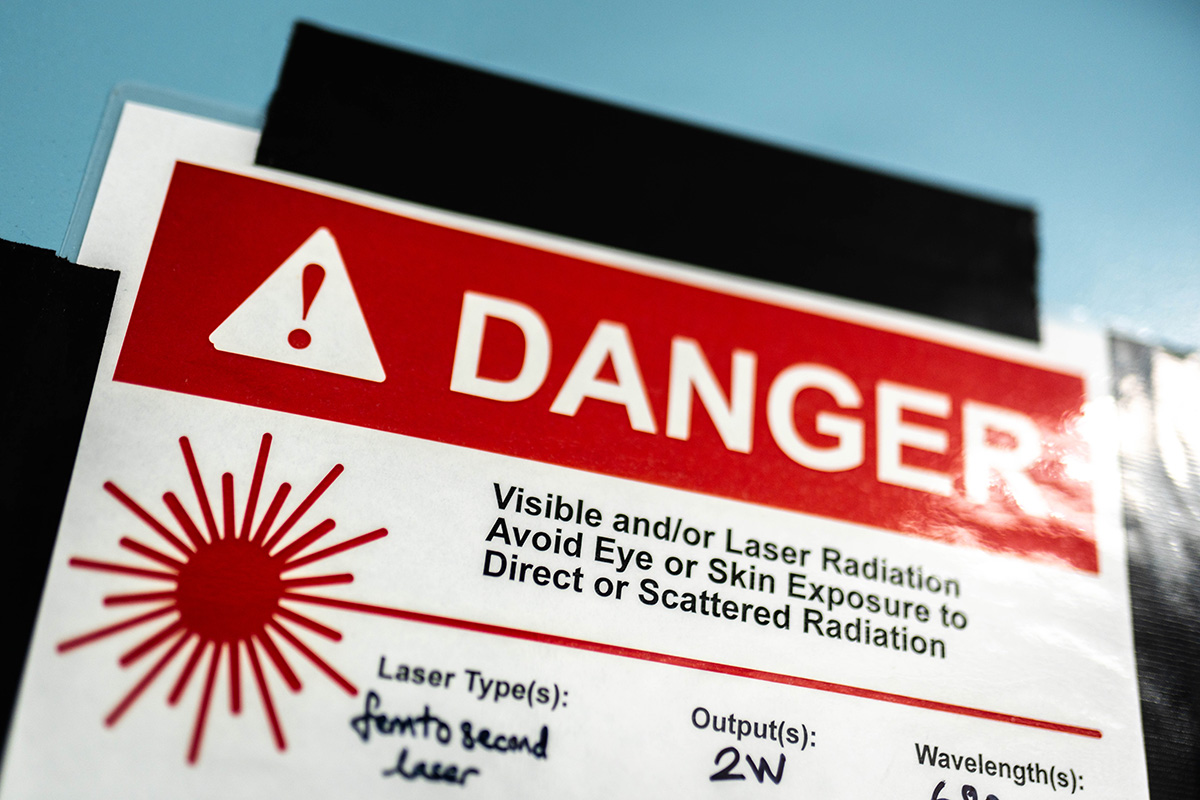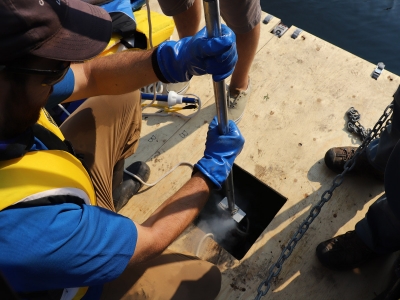By Ty Burke
Photos by Lindsay Ralph
Exposure to ionizing radiation increases the risk of cancer. This link is well known and was established by studying people exposed to very high levels of radiation, like the survivors of the atomic bombs dropped on Japan at the end of the Second World War. But in the workplace, levels of radiation exposure are much lower and happen over a longer period of time. And we know a lot less about how these exposures affects an individual’s risk of developing cancer or other diseases.
New research from Carleton University’s Paul Villeneuve will seek to shed light on the potential health effects of radiation exposure for people who work in radiology clinics, nuclear power plants, uranium mines and other workplaces where low levels radiation are simply part of the job.

Carleton University researcher Paul Villeneuve
A $560,000 grant from the Canadian Institutes for Health Research (CIHR) is funding this deep dive into the data of the National Dose Registry maintained by Health Canada, and Villeneuve will conduct the analysis in collaboration with Health Canada, the Canadian Nuclear Safety Commission, Statistics Canada and the Ontario Occupational Cancer Research Centre.
“People who are exposed to low levels of radiation in the workplace are not like people who were exposed to the atomic bomb radiation at Hiroshima or a nuclear power plant meltdown. These are much lower exposures” says Villeneuve, a Professor in Carleton’s Department of Neuroscience.

New Data Shows Link Between Exposure to Radiation and Risk of Cancer or Disease
By federal law in Canada, workers who are expected to have higher exposures to ionizing radiation in the workplace must be monitored, and Health Canada has maintained a database of these exposures since 1951. The linkage of the Canadian National Dose Registry to health data was recently updated for the first time in decades, and it now includes information about more than a million people. It links individual levels of radiation exposure with Statistics Canada’s national cancer and mortality data.
“We know whether someone died of cancer, and what type of cancer they died from. And because these workers are also monitored, we know how much radiation they would have received in the workplace,” says Villeneuve.
“This project is trying to characterize the risks of developing cancer based on the level of occupational exposure to radiation. There is also emerging evidence that these exposures may be linked to other chronic diseases like dementia and cardiovascular disease.”
The size of the dataset offers some unique opportunities for analysis. It is one of the largest of its type, and that allows for analysis that would otherwise be impossible.

Villeneuve says the project is trying characterize the risks of developing cancer based on the level of occupational exposure to radiation.
“Some of the cancers we’re interested in are very rare, so you need a large number of individuals affected to study the data,” says Villeneuve.
“For example, only about 15 out of every 100,000 people will get adult leukemia. So, you can’t assess the risk of leukemia across a range of exposures in a cohort of 20,000 people. There might be no one in the cohort who has it. And this is where having large numbers becomes really important. We are able to identify enough people who have been diagnosed with rare cancers and model the risk. You need a large study to make that link between a rare type of cancer, and a very low level of exposure to radiation.”

Largest and Most Comprehensive Study to Date
In the past, there have been many studies of radiation exposure in specific occupations, but this will be the largest and most comprehensive to date. It will deepen our understanding of how much radiation is safe and for how long, and will also seek to establish links between ionizing radiation and other health conditions. Even though this exposure has been happening for decades, the full extent of its health effects is not that well understood. And that extends beyond cancer risk.
“There is a need to look at the risk of dementia and cardiovascular disease,” says Villeneuve.
“And we’re also looking at whether exposure may increase the risk of things like cataracts and glaucoma. There are a lot of different ways this work could help inform policy.”
Monday, October 16, 2023 in Health, Research
Share: Twitter, Facebook



